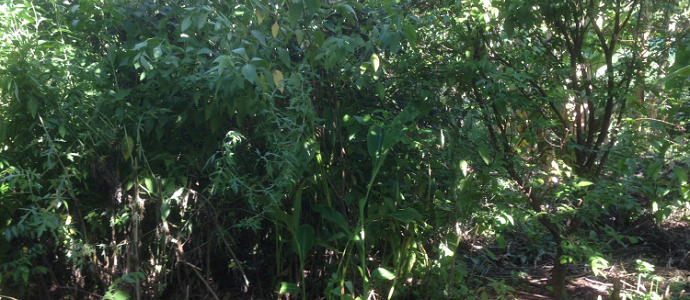
Food Forest “Chop and Drop”
Even though I would like to see more rain the “wet season” is here. This means that rainfall is higher than evaporation so it is time to “chop and drop”. This saying is a permaculture saying meaning that we cut back our support species and drop them on the ground to accelerate the natural forest floor buildup and to cycle the nutrients and carbon.The first photo is a “before” shot and the next not so brilliant shot is an “after “.
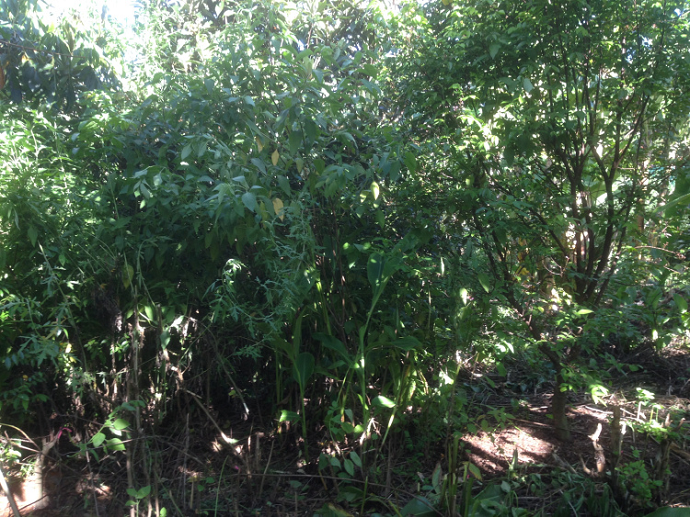
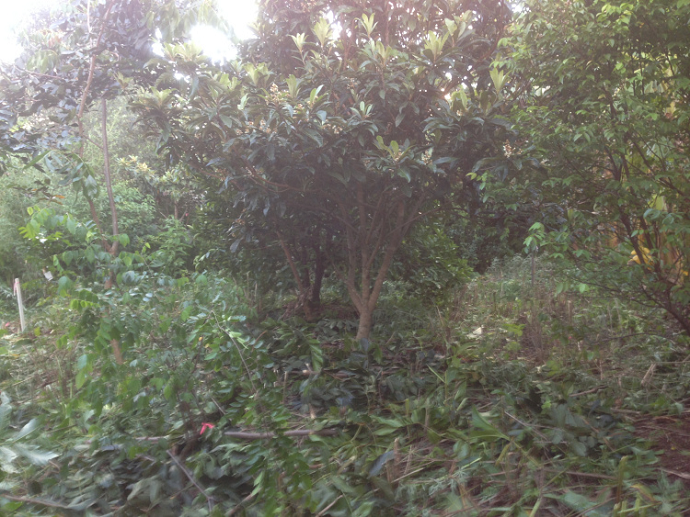
I was very impressed with the growth since last year showing that there is a marked improvement in the biomass. This is actually a poor fertility piece of soil and since the food forest was initiated it has improved so much.
This was the first maintenance since this time last year . It took two people one hour , gotta love this concept. The main carbon species- mugwort and tulsi basil. Both grow whether wet or dry and both beat grass! In this section main legume-icecream bean. Too easy.
Bye Tom
p.s some fungi I came across today. So many different ones at the moment.
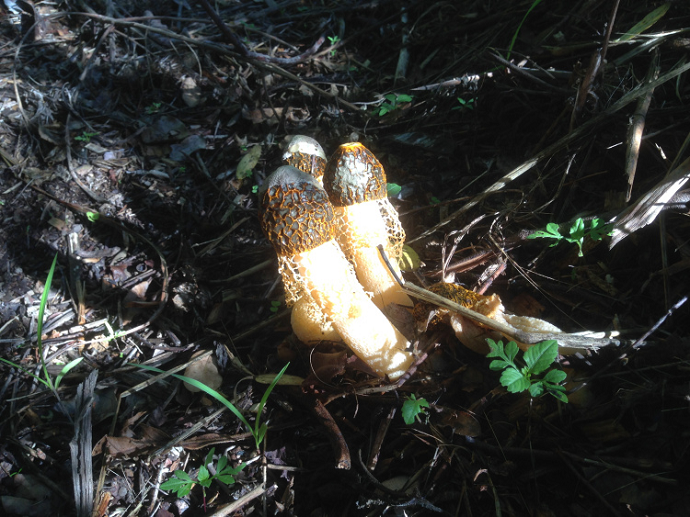
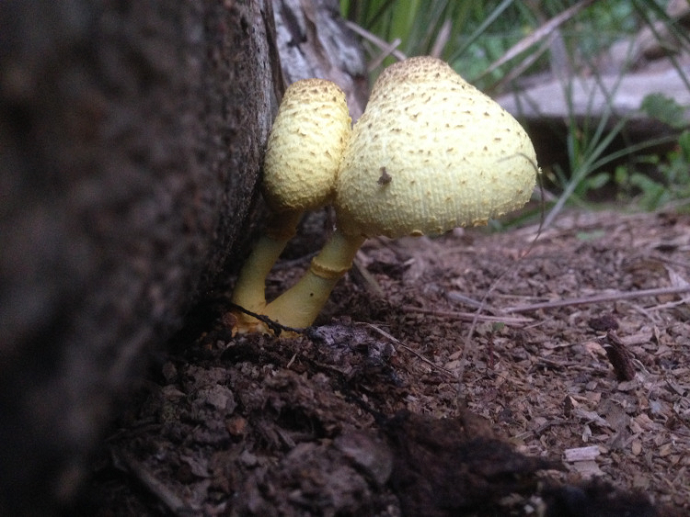
For more great articles by Tom, please visit https://diyfoodandhealth.com/












